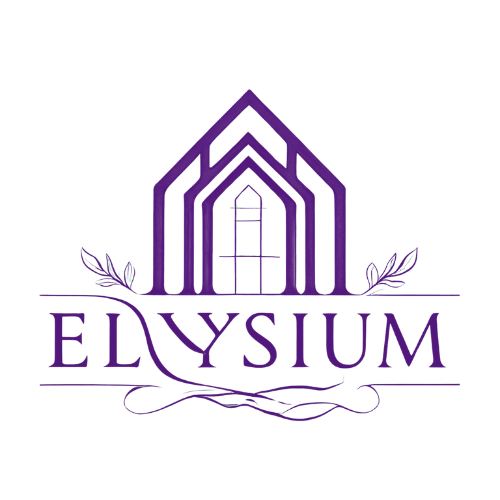Inside the Equity Waterfall: What Sponsors Should Know Before They Pitch
In real estate syndications and private equity deals, few concepts are more important—or more misunderstood—than the equity waterfall. While many sponsors focus on the business plan or asset story when pitching investors, how profits are shared often determines whether capital gets committed and relationships are built for the long term.
If you’re a sponsor planning your next raise, understanding equity waterfalls, preferred returns, and promote tiers is essential—not just to close deals, but to do so on terms that are both market-aligned and investor-friendly.
The Purpose of the Waterfall
An equity waterfall is the distribution framework that outlines how profits flow between the general partner (GP) and limited partners (LPs) after an investment becomes cash-flow positive or is exited. It ensures that investors are rewarded for the capital risk they take, while still giving sponsors upside participation when returns exceed benchmarks.
A strong waterfall structure builds credibility. As Thesis Driven notes, one of the top questions serious LPs ask is how the sponsor plans to split profits—and whether that structure demonstrates both fairness and alignment.
Key Terms Every Sponsor Should Know
Before pitching investors, it’s important to be fluent in the terms that shape your capital stack:
Preferred Return (Pref): The minimum return paid to LPs before sponsors earn any promote. Common benchmarks are 6%–8% annually, depending on asset class and market conditions.
Promote (Carried Interest): The share of profits sponsors receive after LPs are paid their preferred return and return of capital. Typical promote tiers might start at 20%, with higher tiers unlocked as IRR thresholds are surpassed.
Catch-Up Provision: A term that allows sponsors to “catch up” on their promote after LPs hit their pref—helping GPs receive a proportional share of profits before moving to the next hurdle.
Hurdle Rates and Tiered Waterfalls: More sophisticated waterfalls include IRR-based tiers (e.g., 20% promote after 8% IRR, 30% after 15% IRR), creating performance incentives that reward exceptional results.
Avistone emphasizes that transparency around these structures is a major trust-builder with LPs. Investors want to see that their capital is protected before the sponsor benefits—and that the sponsor is incentivized to perform.
What LPs Are Looking For in 2025
Today’s investors are sharper, more data-driven, and more selective. According to Good Egg Investments, strong sponsors stand out by clearly presenting their waterfall structure, demonstrating conservative assumptions, and backing their pitch with a thoughtful capital plan that shows how and when returns will be delivered.
LPs want to know:
How risks and rewards are shared
What downside protections exist
How quickly they’ll start receiving distributions
Whether GPs are co-investing meaningful capital alongside them
In other words, sponsors need more than a good deal—they need a compelling capital story.
Looking to structure your next raise with confidence? At Estates of Elysium, we help real estate sponsors design equity waterfalls and capital stacks that resonate with institutional and private investors alike. From preferred equity modeling to promote structuring, we position your deal for alignment and execution. Visit www.estatesofelysium.com to elevate your next pitch.

